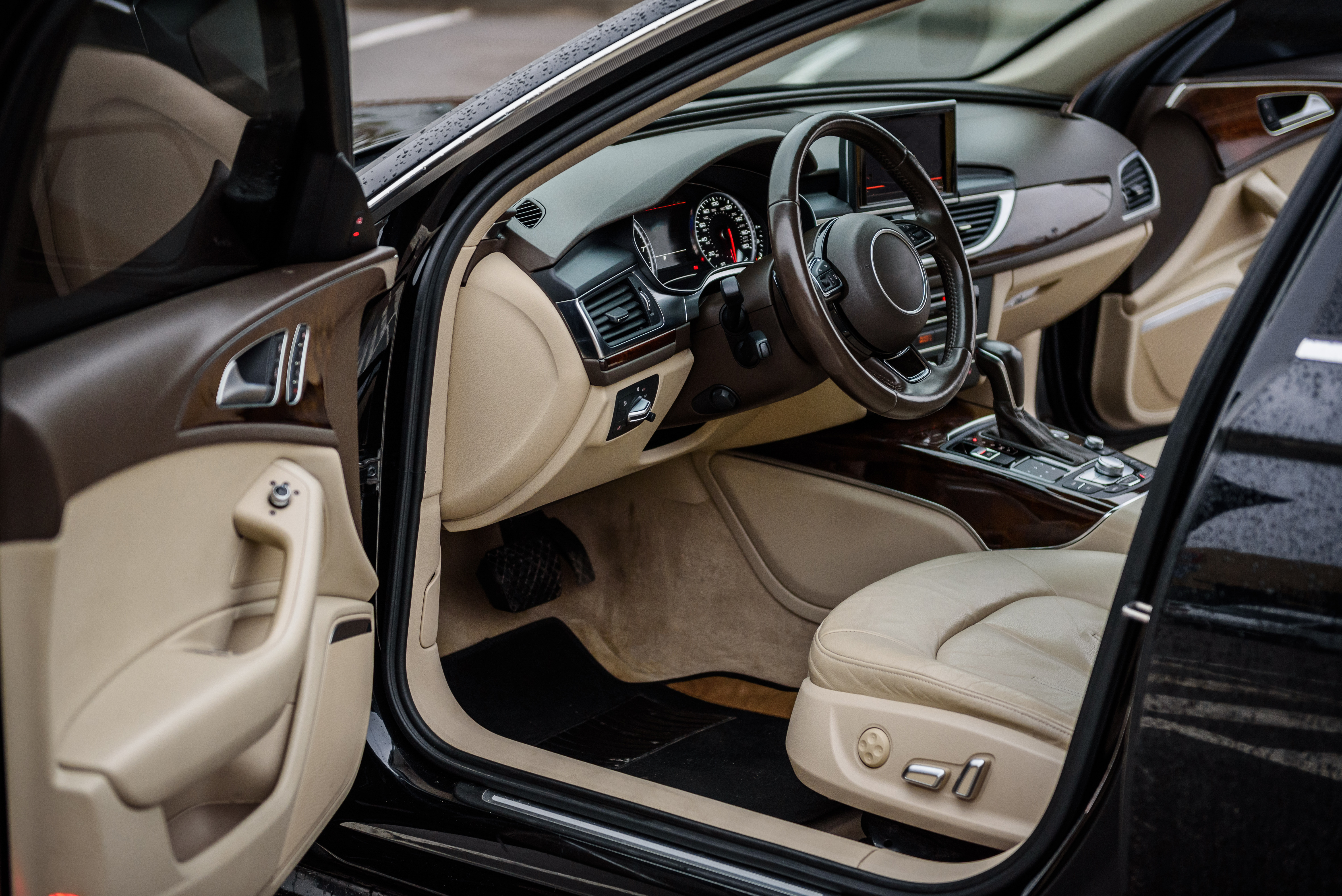structural parts
The structural parts market encompasses the production, distribution, and sale of essential components that form the primary structure of transportation vehicles across various sectors, including automotive, aerospace, marine, and rail. These parts are fundamental to the vehicle's overall integrity, performance, and safety. The structural parts market in transportation is a critical sector that continues to evolve with advances in material science, manufacturing technology, and regulatory requirements. The industry's ability to innovate in response to demands for higher performance and sustainability will shape its future trajectory.
key components
- automotive: frames, chassis, doors, hoods, bumpers, and more (these parts are crucial for the structural integrity and crash safety of automobiles)
- aerospace: airframes, fuselages, wing boxes, and control surfaces (must meet extremely high standards of strength and lightweight for safety and fuel efficiency)
- marine: hulls, decks, and masts for boats and ships (structural integrity is crucial for withstanding harsh marine environments)
- rail: rail car bodies, underframes, and bogie frames (these components must ensure durability and safety under the dynamic loads experienced during rail transport)
Traditionally, steel and aluminum have been the mainstays for structural components due to their strength and cost-effectiveness. Aluminum is favored for its lightweight properties, especially in aerospace and high-performance automotive applications.
Carbon fiber and glass fiber composites are increasingly used due to their high strength-to-weight ratios and corrosion resistance. These materials are particularly prevalent in aerospace and luxury automotive sectors. Advanced engineering plastics and polymer composites are used for parts where less structural strength is required. These materials offer reductions in weight and improvements in corrosion resistance.
There is a significant push across all transportation sectors to reduce weight to enhance fuel efficiency and reduce emissions. This trend is driving innovation in material science and component design. The automotive industry’s shift towards electric vehicles (EVs) is influencing the structural design of cars, as the placement and protection of batteries become crucial.

Polymer additives play a critical role in enhancing the performance and functionality of plastics used in structural parts across various industries, including automotive, aerospace, and construction. These additives are incorporated into polymers to alter and improve their properties, making them suitable for specific applications that require durability, strength, environmental resistance, and other critical characteristics. Polymer additives are used in composite materials for body panels, under-the-hood components, interior parts like dashboards, and structural reinforcements in door panels and bumpers.
SMA™ (Styrene Maleic Anhydride) Copolymers
Styrene Maleic Anhydride (SMA) copolymers are valuable additives in the manufacture of structural parts across various industries due to their unique properties that enhance material performance. SMA additives bring substantial value to structural parts by enhancing mechanical strength, compatibility, adhesion, thermal stability, and surface properties. Their application across various sectors underscores their importance in developing high-performance materials that meet stringent industry standards and operational demands. As material science evolves, the use of SMA in structural applications is likely to grow, driven by the continuous demand for materials that combine high performance with aesthetic appeal and environmental resistance.
Xibond™ Additives provide high strength, stiffness, and dimensional stability, ensuring structural integrity and durability in demanding automotive environments.
